Latest Articles

Google wants developers to add dark themes to save battery life
At Google's Android Dev Summit, Google started advocating for developers to implement dark themes, in an effort to save battery life.

There are many different reasons why a big chunk of our readers loves dark themes. They're more aesthetically pleasing, they're easier on the eyes, and when done right, and under the right conditions, they might even save some battery. These are just a handful of reasons why dark Substratum themes populate the Play Store---as most apps out there keep chasing an all-white look, a dark UI becomes the better, friendlier option, and Substratum allows you to go for a dark look on every one of your apps. More recently, Google has also started to take a friendly approach to dark themes.
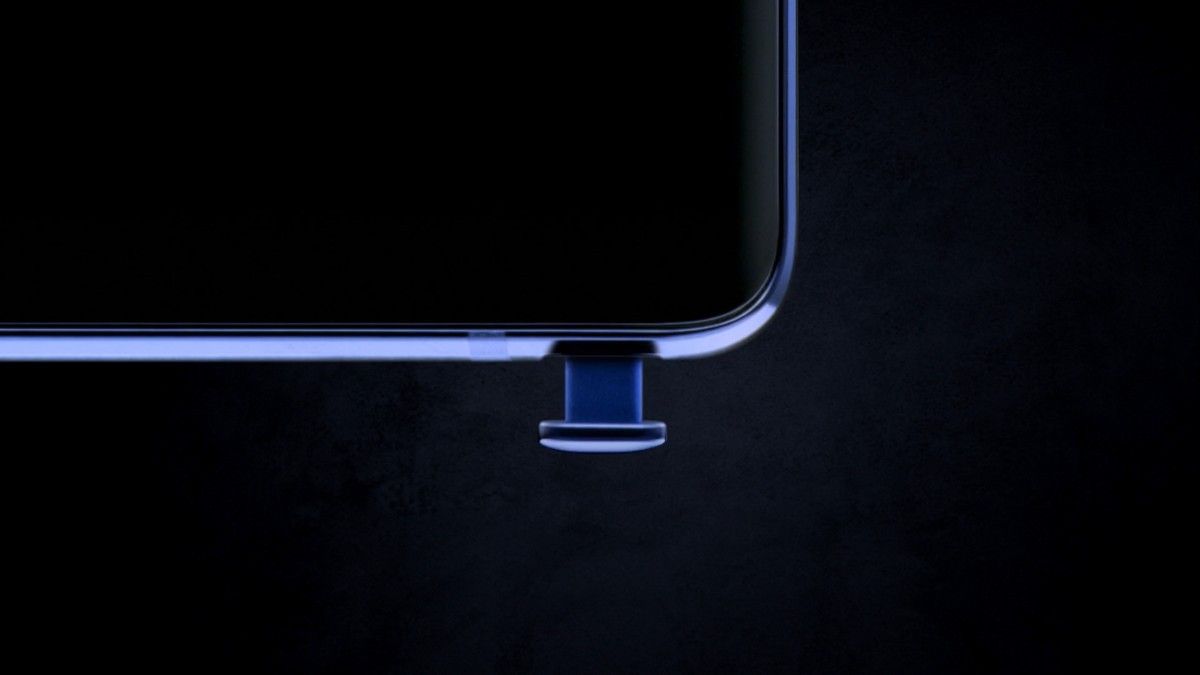
Samsung opens up third-party support for the Galaxy Note 9's BLE S Pen
At the Samsung Developer Conference, Samsung announced that they're opening up third-party apps from using the Galaxy Note 9's S Pen remote controls.

The S Pen is the Galaxy Note line's biggest selling point, so it's no surprise that it's the feature that gets improved the most and this year was no different. While the Galaxy Note 8's S Pen was pretty capable already, the one included in the Galaxy Note 9 manages to improve on it, featuring things like supercapacitors for ultra quick charging, Bluetooth connection, remote controls, and a lot more. Remote controls are actually an exciting one: while it doesn't get much more complicated than a button which can be pressed on your S Pen to trigger something, it actually has a series of nifty use cases, such as remotely taking a picture. This "remote control" feature opens up the stylus to a plethora of new possibilities and potential uses. Potential uses which can, now, be explored by third-party apps.
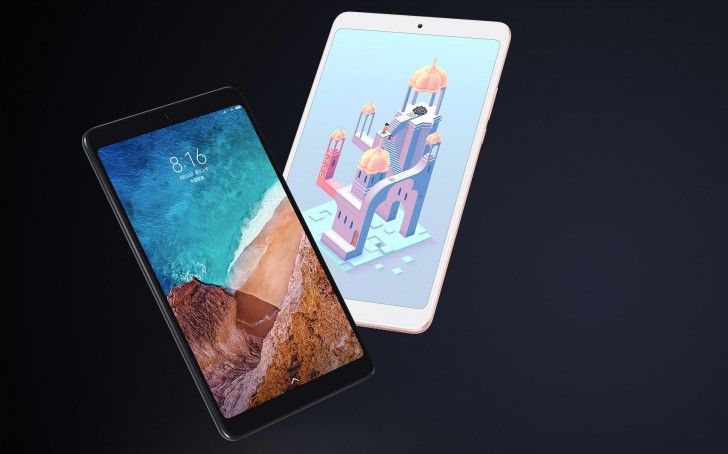
Download MIUI 10 China Stable for the Xiaomi Mi Pad 4
An update to MIUI 10 China Stable is now available for the Xiaomi Mi Pad 4/Mi Pad 4 Plus, bringing all of MIUI 10's improvements. Download it now!

One of the few manufacturers trying to keep the tablet market alive, aside from Samsung and their Galaxy Tab line, is Xiaomi. Xiaomi's recently launched Mi Pad 4 isn't flagship quality, but if all you want is simply a decent multimedia tablet then the Mi Pad 4 does the job does fine. The Xiaomi Mi Pad 4 features a mid-range Qualcomm Snapdragon 660 SoC with 4 GB of RAM, an 8.0-inch 1200x1920 display, and a big 6,000 mAh battery. There's also a Mi Pad 4 Plus model with a 10.1-inch display and 8,620 mAh battery. The Mi Pad 4, like nearly every other Xiaomi device out there with the exceptions of the Mi A1/A2 Android One devices, runs Xiaomi's MIUI. If you were looking forward to the MIUI 10 update for your tablet, it's finally rolling out to the stable branch according to one Redditor.
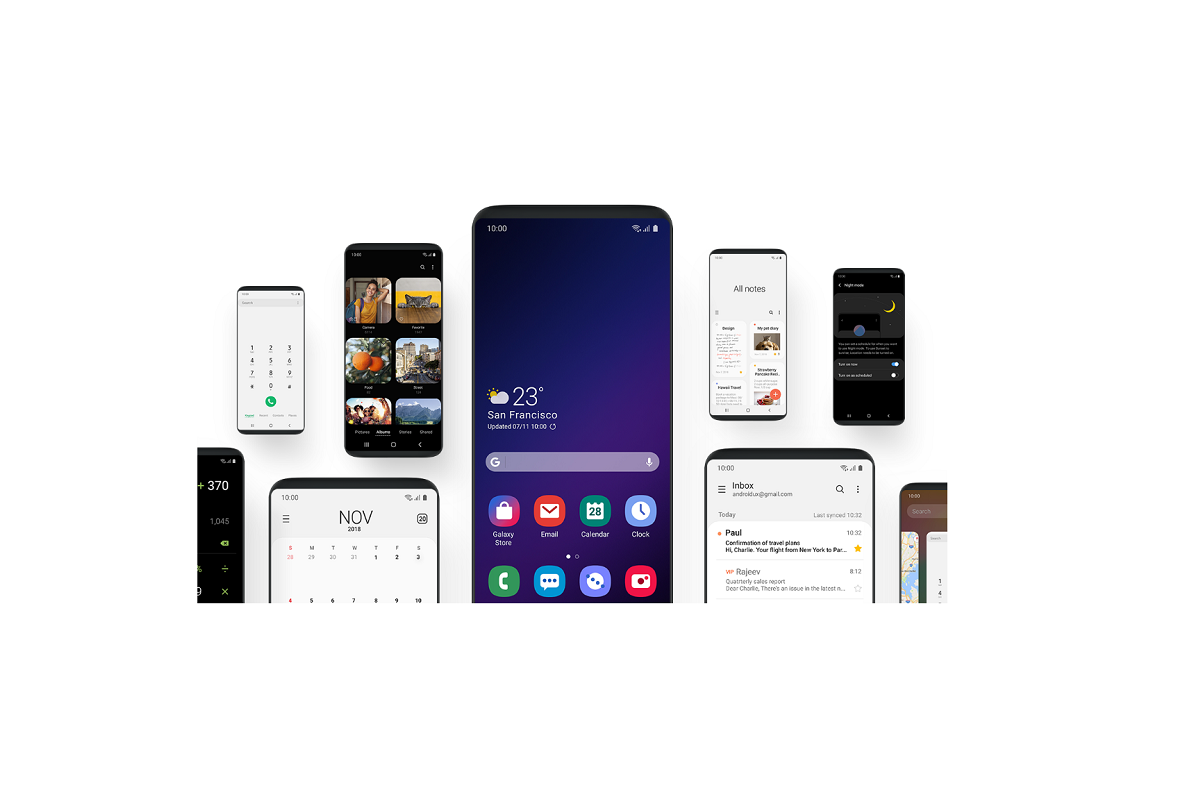
One UI, Samsung's new Android Pie software, improves One-Handed use and adds a system-wide Dark Theme
Samsung's Android Pie software is officially here, and it's called One UI. It's coming to the Galaxy S9 and Galaxy Note 9, and it has a lot of changes.

At this year's Samsung Developer Conference, we finally caught a glimpse at the long-awaited smartphone with a foldable display. The device features a 4.6-inch Super AMOLED "cover" display which, when unfolded, reveals a 7.6-inch Super AMOLED "Infinity Flex" main display. In conjunction with Google, Samsung introduced the concept of "foldables" to the Android ecosystem. But the Infinity Flex display wasn't the main focus of the developer conference. Samsung also took to the stage to unveil "One UI", their Android Pie-based software and successor to their "Samsung Experience" design language and user experience.
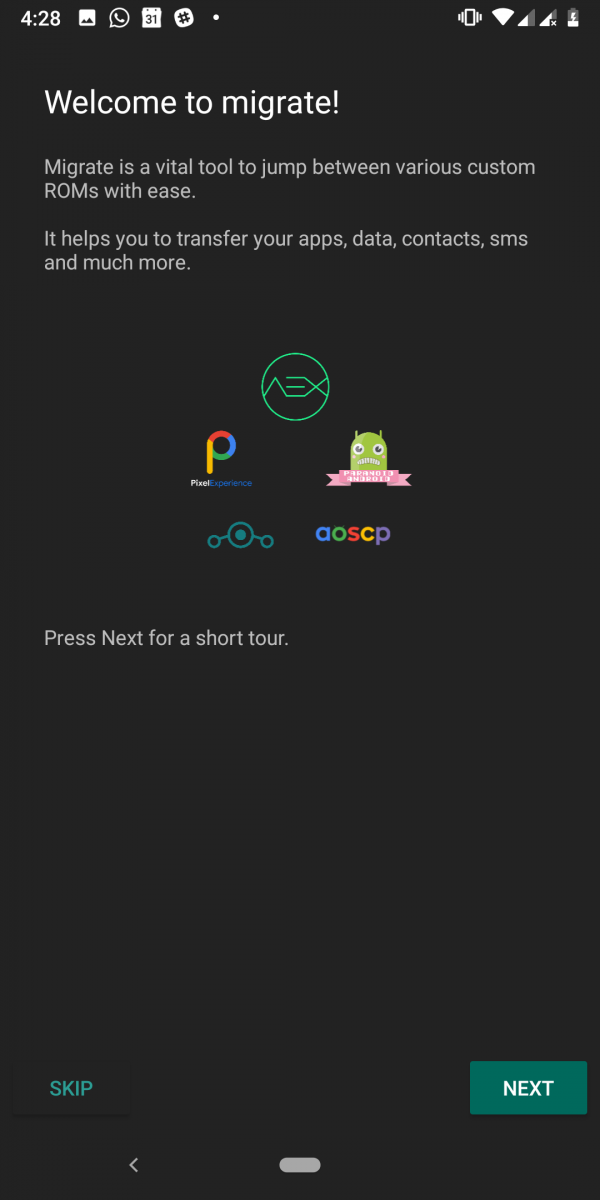
Migrate is a new app to help you switch custom ROMs
Tired of custom ROM switching being an annoying task? Migrate will walk you through the process of switching to another custom ROM with your data intact.

Switching to a custom ROM, or switching between two custom ROMs, is definitely something that's not for the faint of heart. Things can go wrong in the process, or you might skip a step or two, causing you to lose all of your important data in the process. Luckily, there are apps that aim to help you through this process, like Titanium Backup, but they're not completely straightforward. If you want something that completely guides you through the process, then Migrate is the app for you.
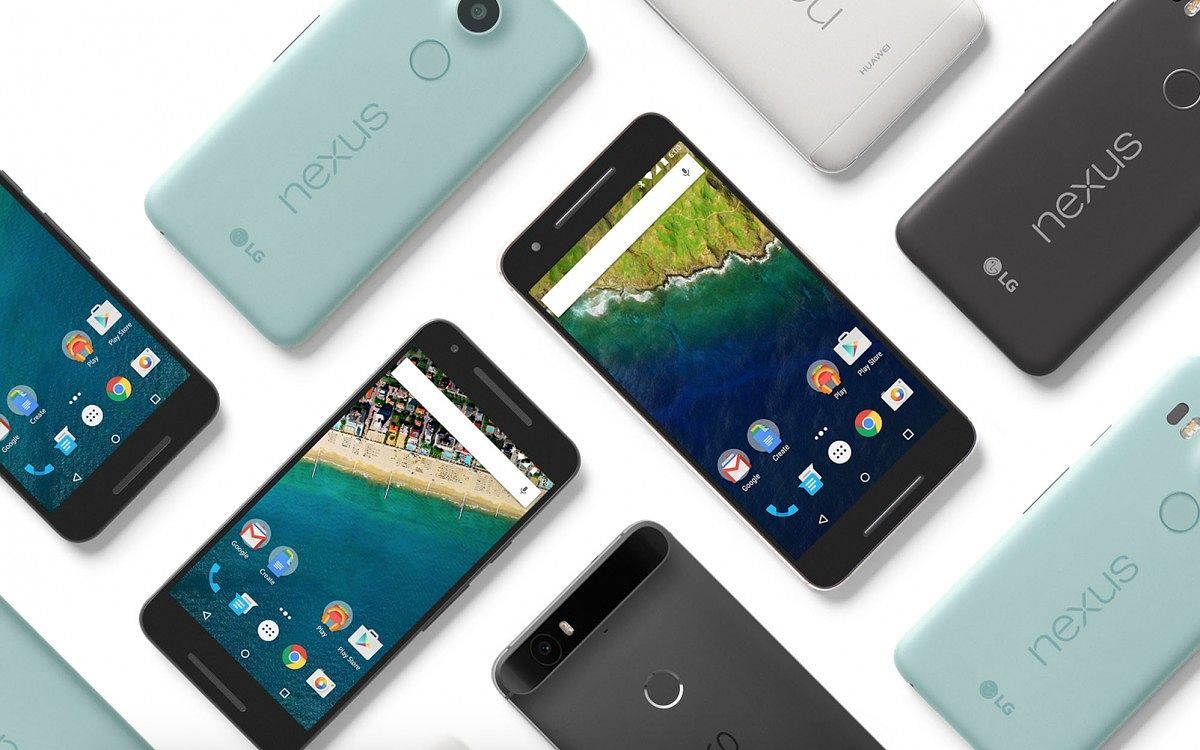
Nexus 5X and Nexus 6P reach end-of-life, may no longer get updates
The last Nexus-branded devices, the Nexus 5X and the Nexus 6P, are now receiving the November 2018 security patch, and possibly their last update ever.

The Nexus 5X and the Nexus 6P were announced way back in 2015. Both of these phones had their own series of issues, but more importantly, they marked the end of an era. The LG-built Nexus 5X and the Huawei-built Nexus 6P were the last Nexus-branded devices to ever be released to the market: they were succeeded by the original Google Pixel and Google Pixel XL, which served an entirely different market segment and targeted average consumers rather than just power users. Despite issues arising on both the 5X and the 6P, they both chugged along, receiving Android Nougat and Android Oreo officially as well as timely security updates. However, support for these phones is possibly ending now.
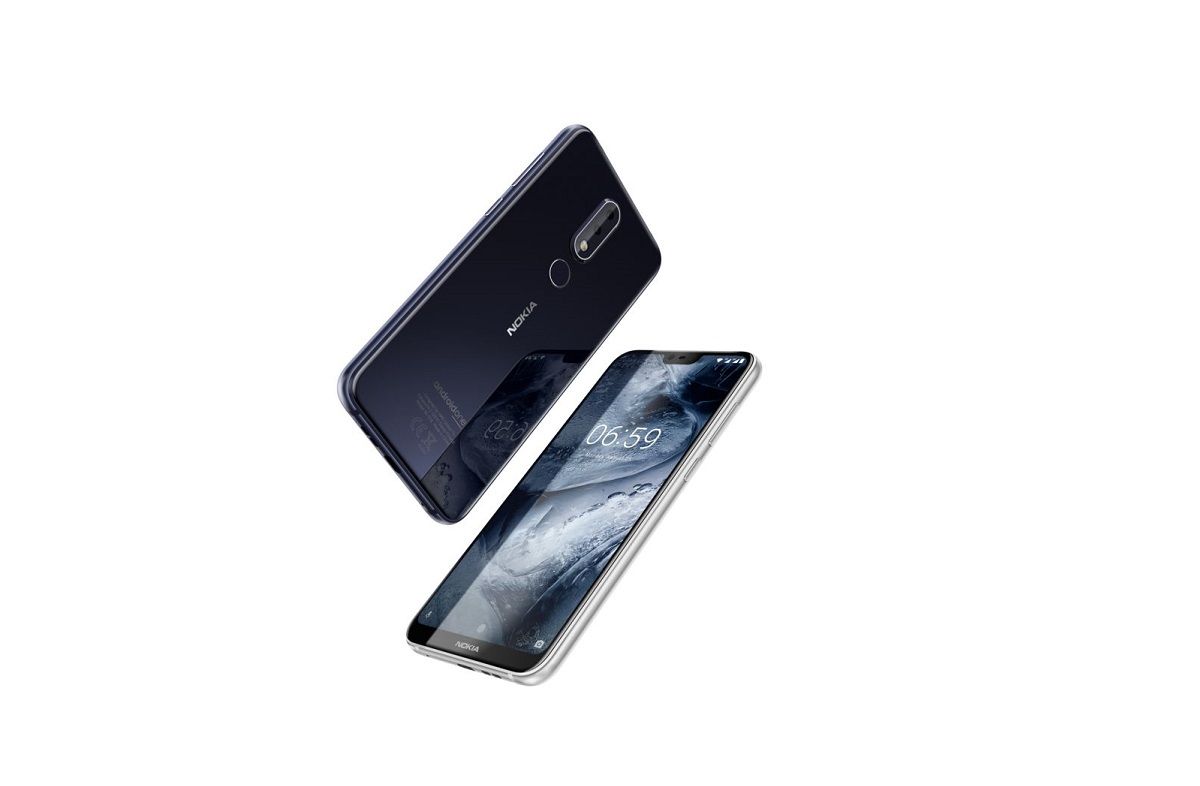
Nokia 6.1 Plus regains the notch hiding feature in the Android Pie update
With the Android Pie update for the Nokia 6.1 Plus, you are now able to hide the display notch again by going into Developer Settings.

The Nokia 6.1 Plus is a strange beast in HMD Global's phone lineup. It's decidedly a mid-range phone—and a pretty solid one at that—sporting a Qualcomm Snapdragon 636 chipset with up to 6GB RAM, an FHD+ IPS LCD 5.8" display, 16 MP + 5 MP dual rear camera sensors, and a decently sized 3,060 mAh battery. But what's polarizing about this mid-range device is its display notch. It's a rather small one in that its comparable to the one on the OnePlus 6, but it's joined by a thick bottom bezel with the Nokia logo. Like most phones, you had the option to hide it, at least until it was inexplicably removed in an update. With the recently released stable Android Pie update, though, the option is back just as HMD Global had promised—but not in the way you'd expect. It's actually hidden away this time around.
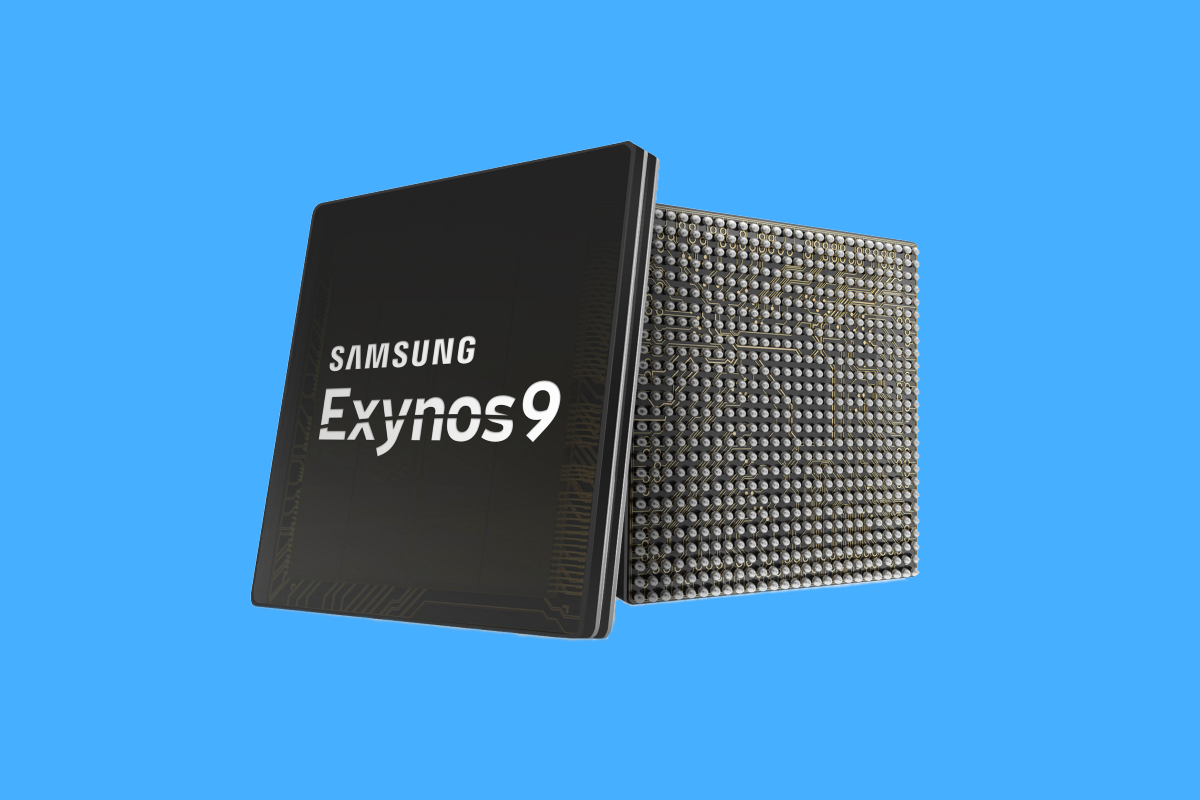
Samsung Galaxy S10's Exynos 9820 may have dual NPUs
The Exynos 9820, the rumored chipset in the upcoming Samsung Galaxy S10, will have a couple of party tricks under its sleeve, including dual NPUs.

If the rumors floating around end up being true, then 2019 is going to be jam-packed with innovative new technologies in the smartphone space. We've already caught a glimpse of the future with pop-up cameras in the Honor Magic 2 and Xiaomi Mi Mix 3, but we're expecting next year to bring us display holes, under-display cameras, and other crazy tech. The Samsung Galaxy S10, Samsung's next flagship phone which will probably come in 4 different presentations, will turn heads when it's announced early next year. The Galaxy S10 will excite the tech world not just because of the rumored 5G support and under-screen camera, but also because of its improved brains behind the operation. The Samsung Galaxy S10 is expected to feature the next-generation Exynos 9820 chipset, which should prove to be a substantial improvement over the current Exynos 9810 used in the Galaxy S9 and the Galaxy Note 9. Now, thanks to information provided by Korean publication Etnews, we're learning more about the upcoming Samsung chipset ahead of its unveiling.
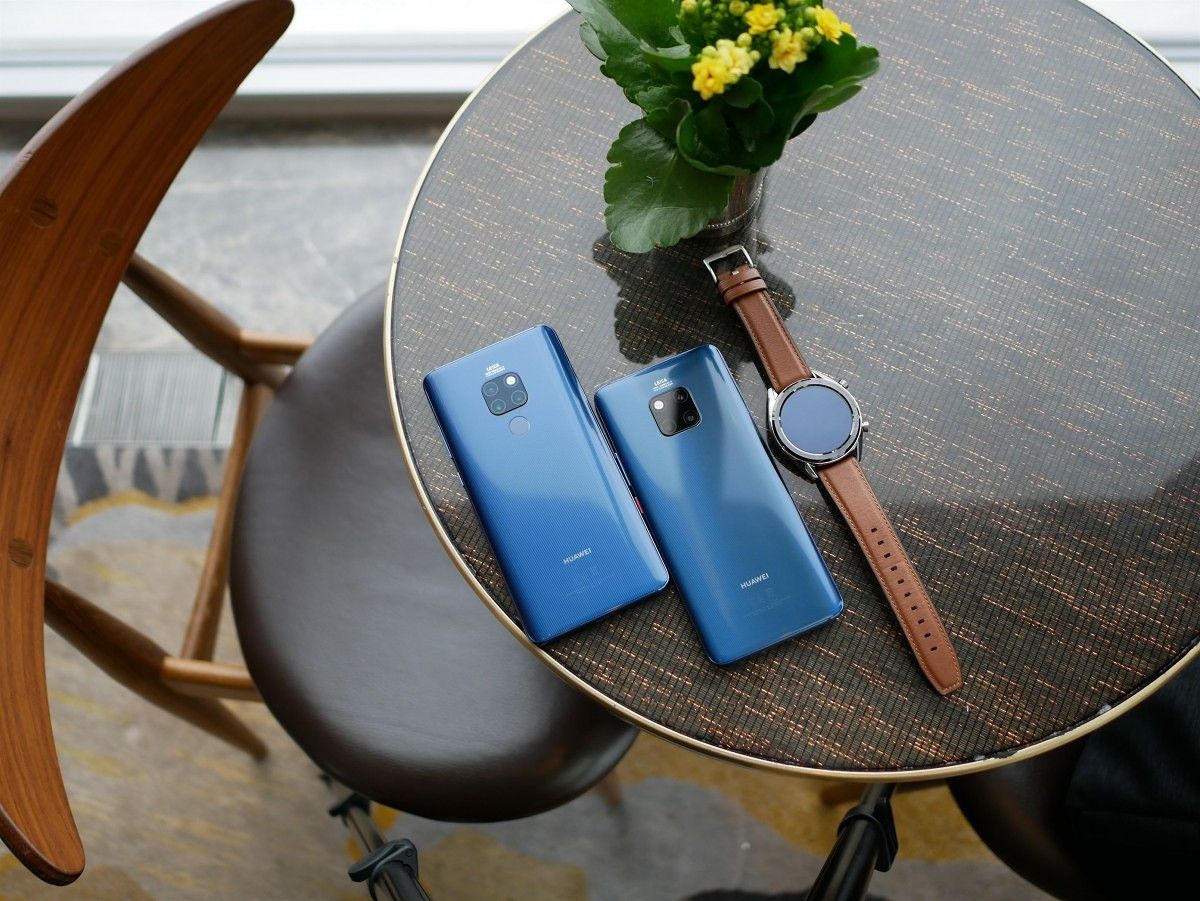
Some Huawei Mate 20 Pro users are seeing a green tint on the display
It seems that certain Huawei Mate 20 Pro users are dealing with a strange display issue which causes a very noticeable green tint.

Regardless of how you feel about Huawei, it's clear that their Mate 20 line of smartphones are among the best of 2018—and with good reason. Huawei pulled out their biggest guns with the Huawei Mate 20 and the Huawei Mate 20 Pro: a triple-rear camera setup, the 7nm-based Kirin 980, 40W wired fast-charging capabilities... And with Huawei's worldwide brand recognition, the phones are sure to become a sales success. But obviously, no phone is perfect, and some issues are likely to slip past quality assurance once in a while. And the Achilles' heel of the Huawei Mate 20 Pro is—apparently—its display.
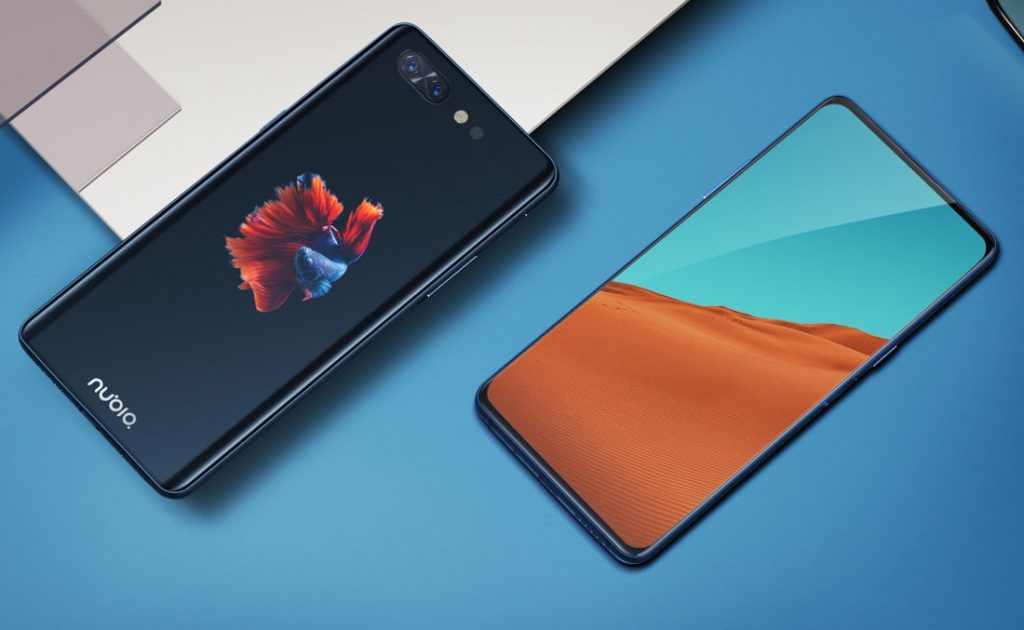
Nubia X, Huawei MediaPad T5, and Huawei MediaPad M5 Lite forums are open
XDA forums are now officially open for the recently announced Nubia X, as well as for some of Huawei's tablet offerings, namely the MediaPad T5 and M5 Lite.

Nubia isn't exactly a household name, but it would be an understatement to say that the announcement of the Nubia X caught us off guard. After all, the company took an entirely new (and strange) approach to a bezel-less display. In order to reduce bezels considerably without adding a notch, Nubia simply removed the front facing camera entirely. In order to take selfies, you'll need to flip the phone over and use a secondary hidden rear-mounted display to use the camera.
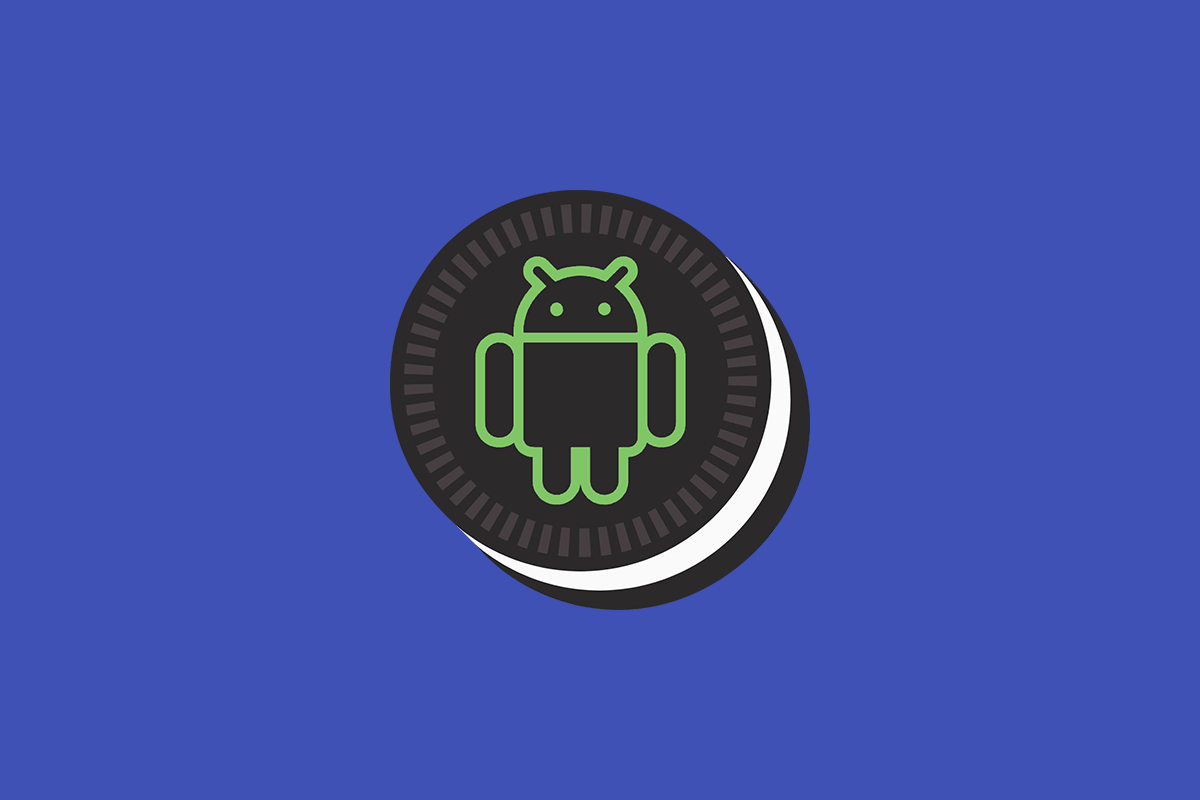
PSA: All app updates on the Play Store must now target Android 8.0+
The day has come: starting today, all app updates on the Google Play Store must support at least Android 8.0 Oreo or higher.

The fragmentation issue in Android doesn't extend to just phones and usage numbers. The issue extends to apps, too. A lot of app developers normally skip optimizing their app to the newest Android version immediately, either supporting it several months later or not supporting it altogether. This is done because of two reasons: either the new APIs are not a priority for developers (a new Android version often takes several months before reaching a sizable audience, so it's rarely on top of a developer's to-do list) or the app keeps targeting an old version of Android on purpose (Snapchat, for one, targeted Android Lollipop for years in order to avoid implementing the granular permissions introduced on Android Marshmallow).
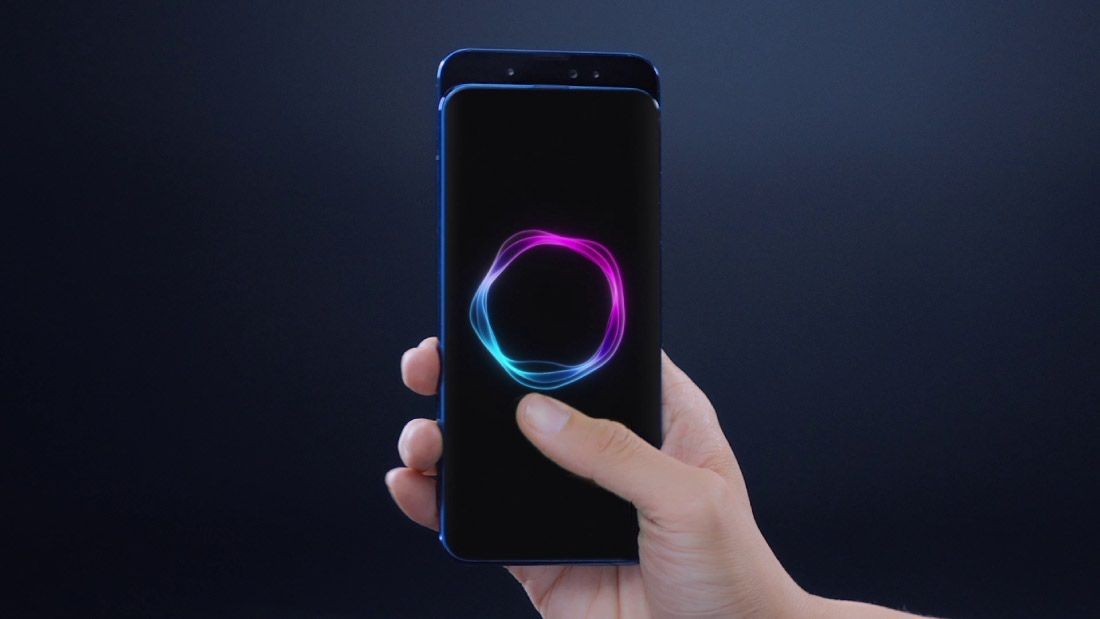
Honor Magic 2 launches with an almost Bezel-less Display, Slider Camera, and Kirin 980
Honor has announced the nearly bezel-less Honor Magic 2 with a pop-up camera, the Honor Watch Magic smartwatch, and the wireless Honor FlyPods earbuds.

If there's something 2018 has shown us, it's that the future is bezel-less - and it looks beautiful. But as phones get closer to a perfect 100% screen-to-body ratio, device manufacturers are left to wonder what to do with the front-facing camera, the earpiece, and the sensors. A common approach these days has been using a display notch - a screen cutout on the top that makes room for those sensors. But notches usually aren't the most aesthetically pleasing solution. The Vivo Nex brought an alternative, ingenious approach to the table: A pop-up area with a front-facing camera module and other sensors which can be revealed when needed and hidden when not needed.
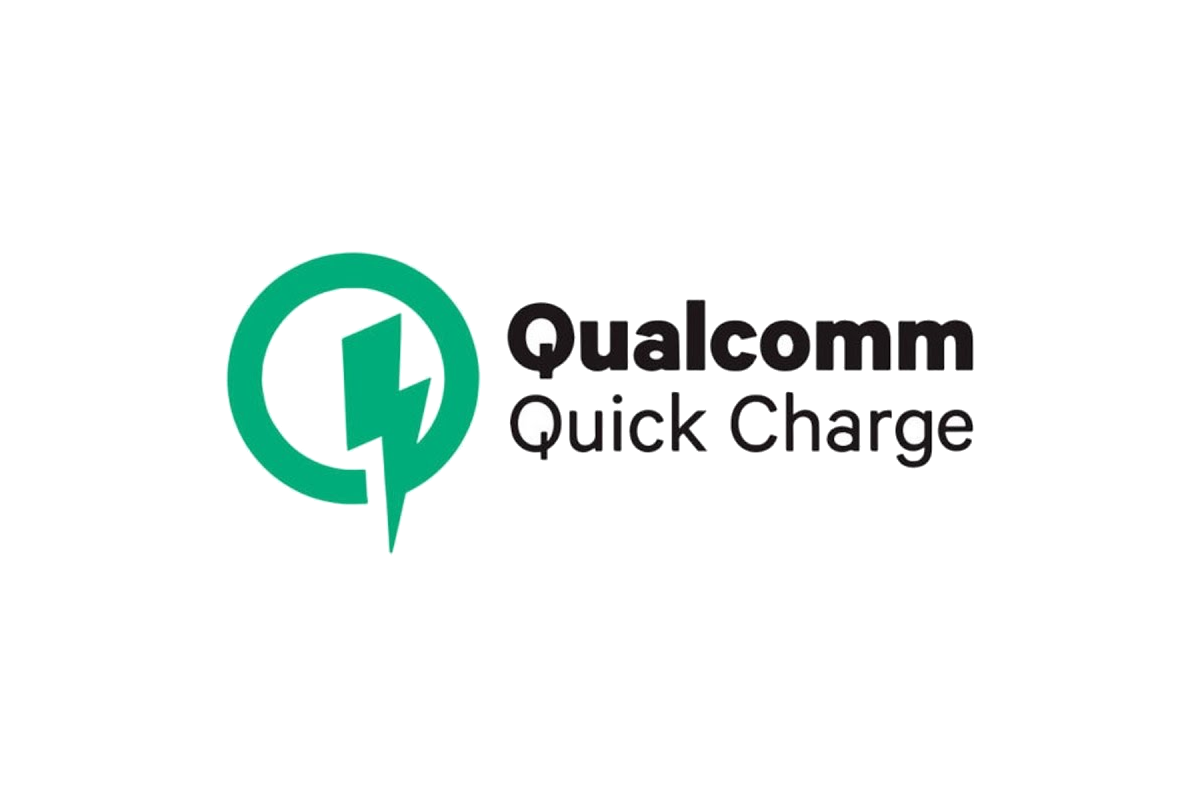
Qualcomm's next Quick Charge will bring 32W fast charging in 2019
The next generation of Qualcomm Quick Charge is coming soon, and the company says it will be able to deliver an improved 32W power output.

Along with wireless charging, fast charging is one of the most life-changing features available on devices. There is simply nothing as satisfying as plugging in your phone and finding it charged up after a 30-minute walk, a shower, or a short nap. Nowadays, pretty much all phones, even budget ones, support some form of fast charging. Fast charging technologies, like Qualcomm's own Quick Charge standard, keep being improved over time in order to ensure even better charging speeds with minimal effect on battery wear. They have come a long way indeed, and it seems the next generation of Qualcomm Quick Charge is coming soon.
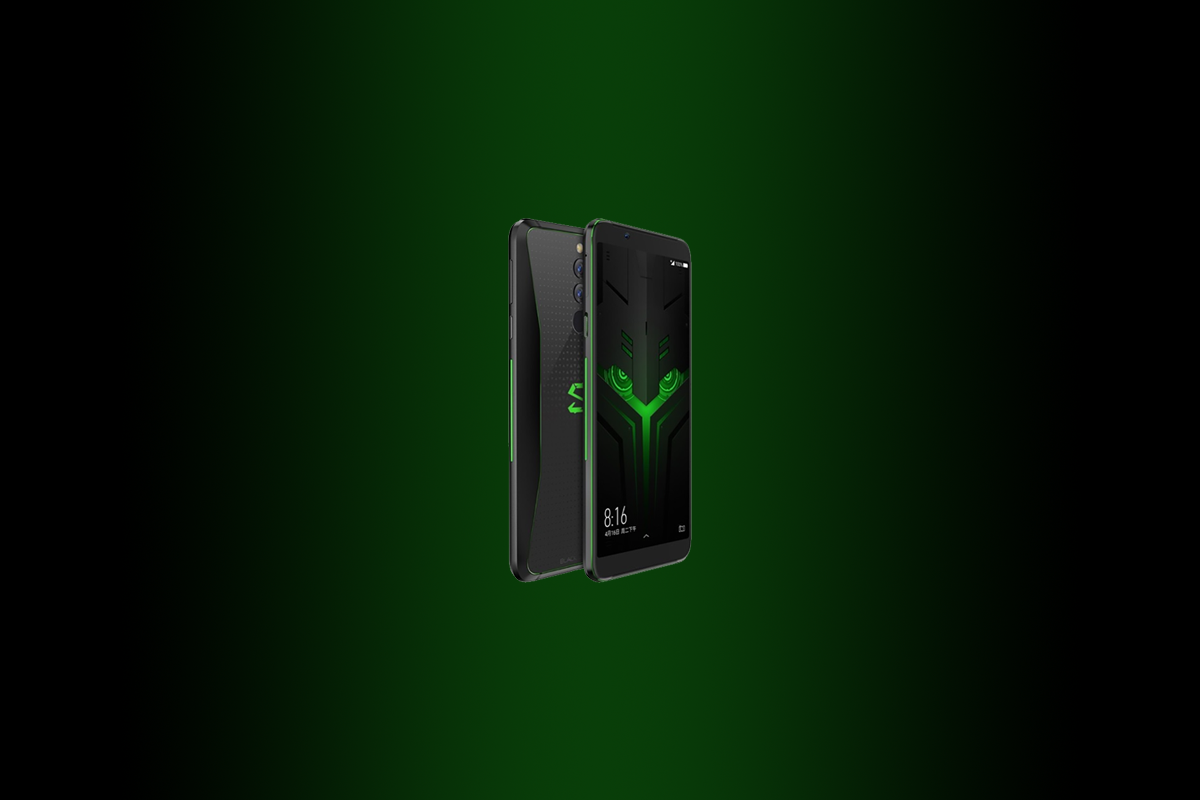
Xiaomi Black Shark Helo announced: what you need to know
The Xiaomi Black Shark Helo gaming smartphone was just announced by Xiaomi, bringing key improvements over the original Black Shark and more.

Whether you consider them to be a fad or think they're here to stay, one thing is pretty clear: gaming phones are a thing, and Android OEMs are taking them seriously. They're definitely not a new concept: the Xperia Play launched in 2011 and was the first gaming-oriented smartphone to launch into the mainstream. But those were different times. Modern smartphones are a lot more capable than before and are able to run heavier, more demanding games. Mobile GPUs are getting better, and may soon even start rivaling desktop-grade ones. So it makes sense for gaming smartphones to exist: spec-packed, feature-rich smartphones catered to gamers.
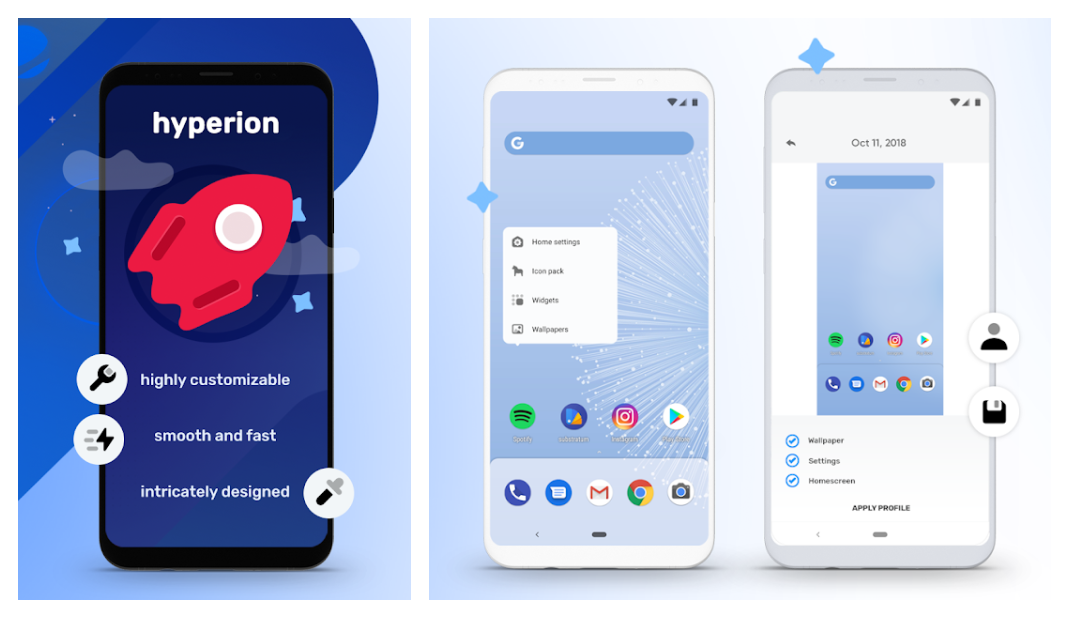
Hyperion is a new launcher by the makers of Substratum
Hyperion Launcher is an interesting, highly customizable launcher, brought to you by the same folks who developed the Substratum theme engine.

Some XDA users—especially theme aficionados—will agree that Substratum has been one of the best things to happen to Android development in years. With the demise of the CyanogenMod theme engine, the community needed an alternative. Substratum isn't perfect, but it can be used on pretty much every unrooted Android Oreo device and rooted Android Pie device. The developers of Substratum are now back with another project: a highly-customizable launcher called Hyperion which definitely deserves some of our attention.
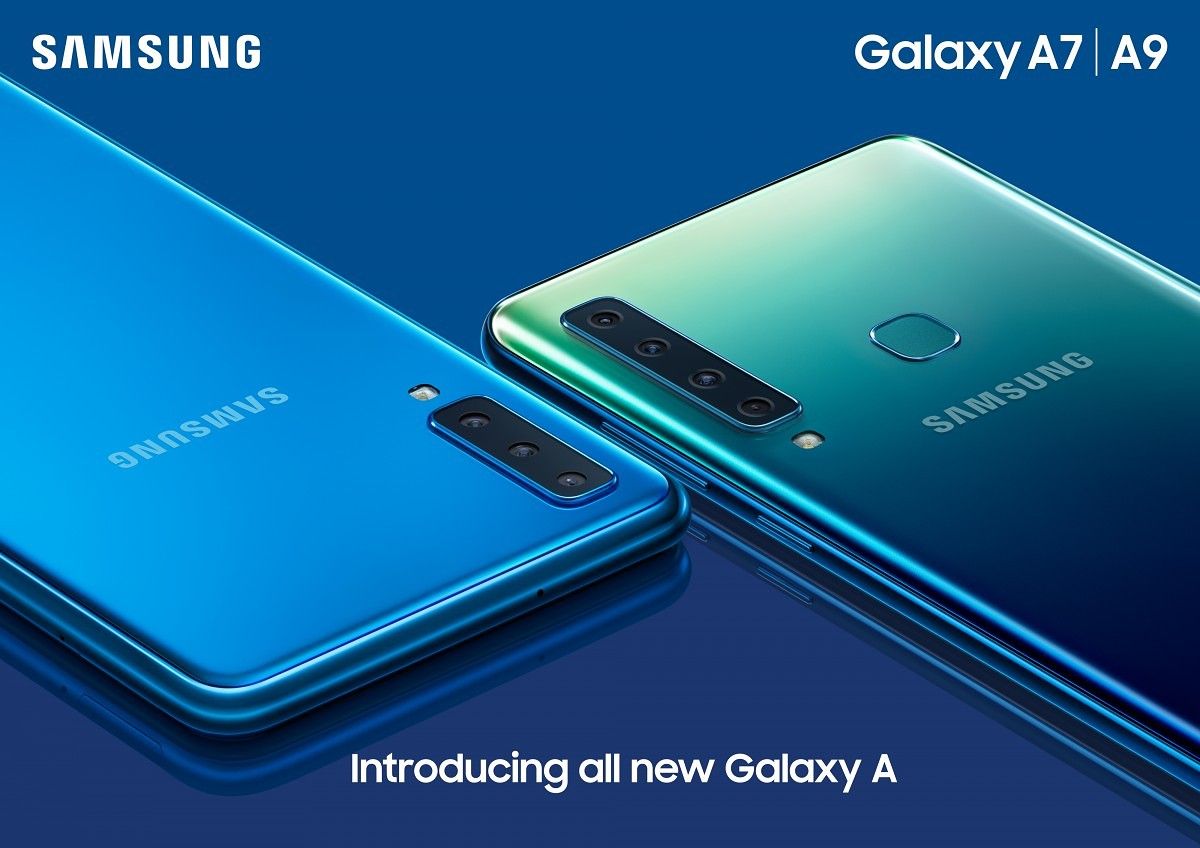
Samsung Galaxy A9 (2018) announced with Quad Rear Cameras
Samsung has just announced the Galaxy A9 (2018), the first Samsung phone (and first mainstream Android phone) with a quad rear camera setup.

It looks like Samsung is preparing a gradual, yet radical switch in their design philosophy, possibly the biggest one since the Samsung Galaxy S6 was announced. And this has been evidenced on both the software and hardware front. The Galaxy A8 Star, announced some months ago, features a design that notably differs from Samsung's usual design language. The dual camera setup was cornered to the left instead of centered, looking more similar to something like an iPhone Xs.

Xiaomi Redmi 6 Pro gets official TWRP
The Xiaomi Redmi 6 Pro, one of Xiaomi's most recent budget offerings, is now getting official TWRP builds. Install them now!

The Xiaomi Redmi 6 Pro is one of Xiaomi's new offerings in the budget market. The MIUI-powered cousin to the Xiaomi Mi A2 Lite, the 6 Pro features decent horsepower with a Qualcomm Snapdragon 625, 4GB of RAM, 64GB of storage, and a lot more. Just like all Xiaomi smartphones, after getting around the arguably obnoxious bootloader unlock process, the Xiaomi Redmi 6 Pro is pretty developer-friendly, and you can easily install Magisk, custom ROMs, and other mods to your phone. The first step before getting there, though, is having TWRP support, either officially or unofficially. Luckily, for owners of this device, it now has official TWRP support.
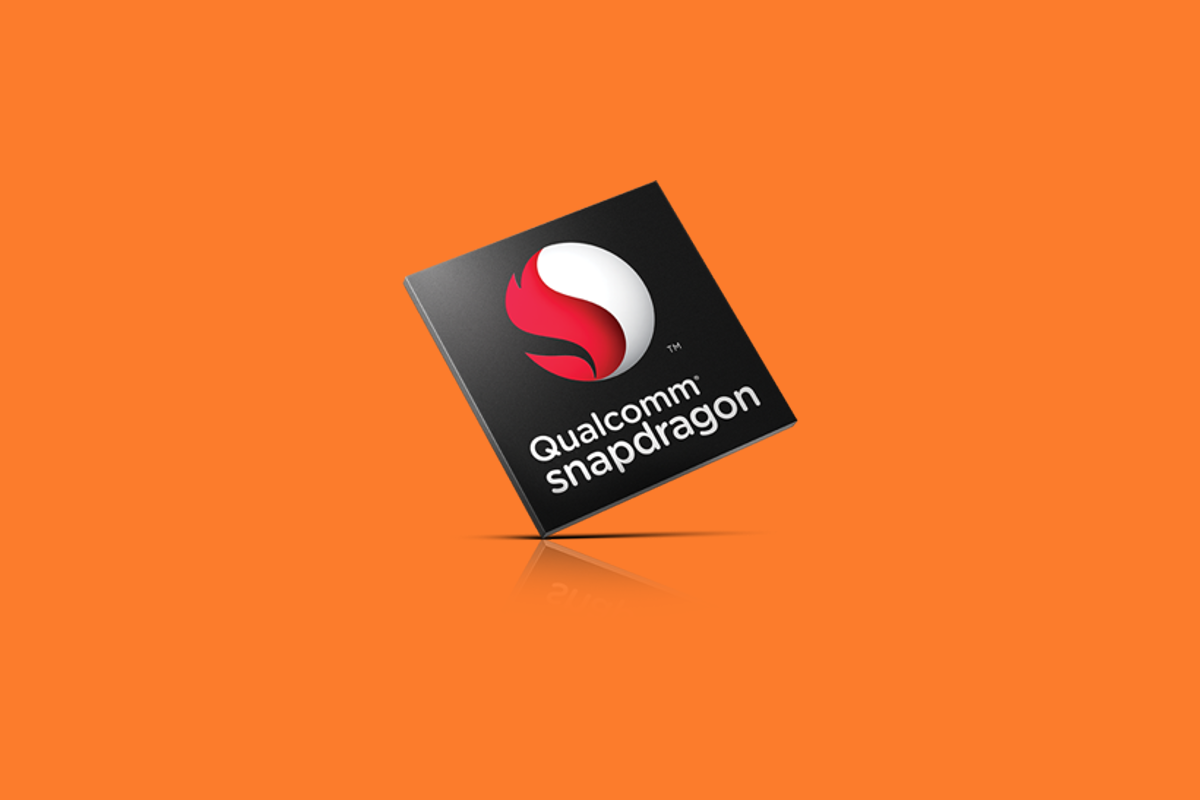
Qualcomm Snapdragon 8150 details reveal "Silver" and "Gold" cores
Details about the upcoming Snapdragon 8150 have leaked, confirming things such as the dedicated NPU, the 7nm architecture, and "silver" and "gold" cores.

Leaks and rumors about the upcoming Qualcomm flagship processor are pretty fuzzy as of now, but one thing is certain: Qualcomm is launching a successor to the Snapdragon 845, and it's going to bring several substantial improvements over the current generation chip. As it's to be expected, this upcoming chip is set to power most 2019 smartphones, and thanks to German technology site WinFuture.de, we now have more detailed information about the Qualcomm 8150/855.
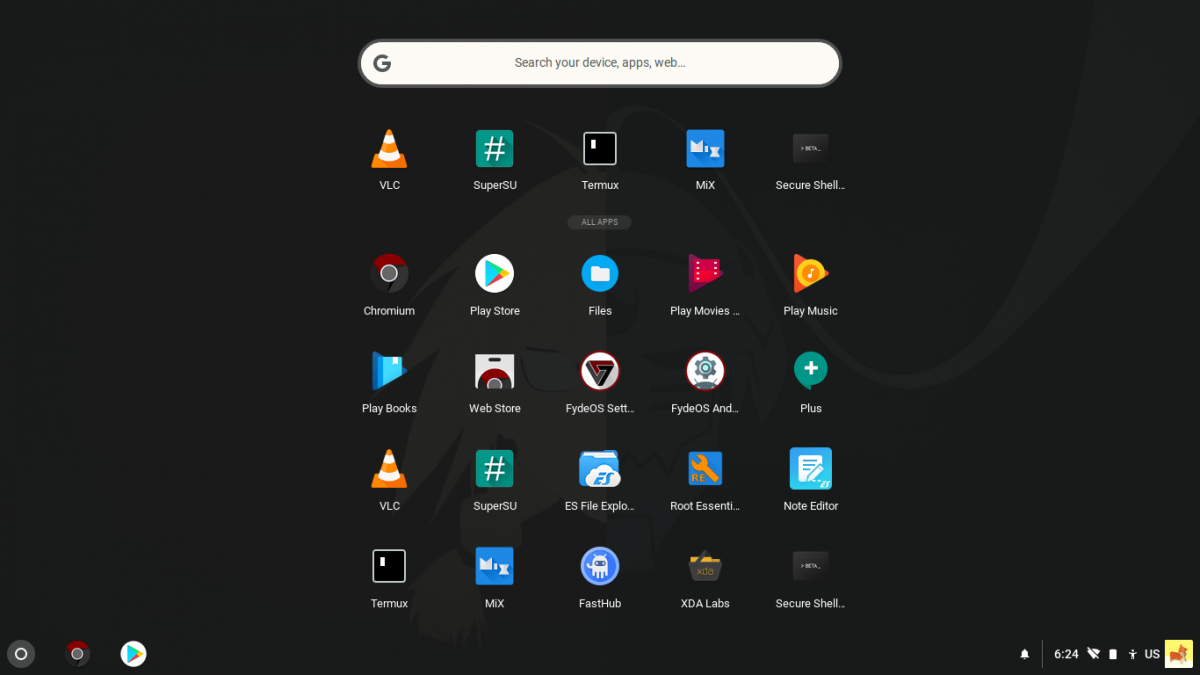
FydeOS is a Chrome OS fork aimed at China, and it brings Android app support
FydeOS is a new Chrome OS fork that brings full support for Android apps to any x86-based PC. You don't need a Chromebook or emulator for Android apps!

Even if it's not really a recurring topic, we're no strangers to Chrome OS forks by now. Just like the Google Chrome browser, Chrome OS is based on an open-source project—specifically the Chromium OS project, and thus, it can be forked. These forks—whether they're pure Chromium OS without Google additions or have extra features built into them—may give you the option to run Chrome OS on non-Chromebook devices. Whether it's your notebook, your laptop, or even your desktop computer, they're actually a pretty solid alternative for older, aging computers that aren't able to properly run Windows 10, Windows 8.1, or even Windows 7. But there are marked differences between Chromium OS built from source and the official, certified Chrome OS builds we find in Chromebooks. One of them being a lack of Android app support.
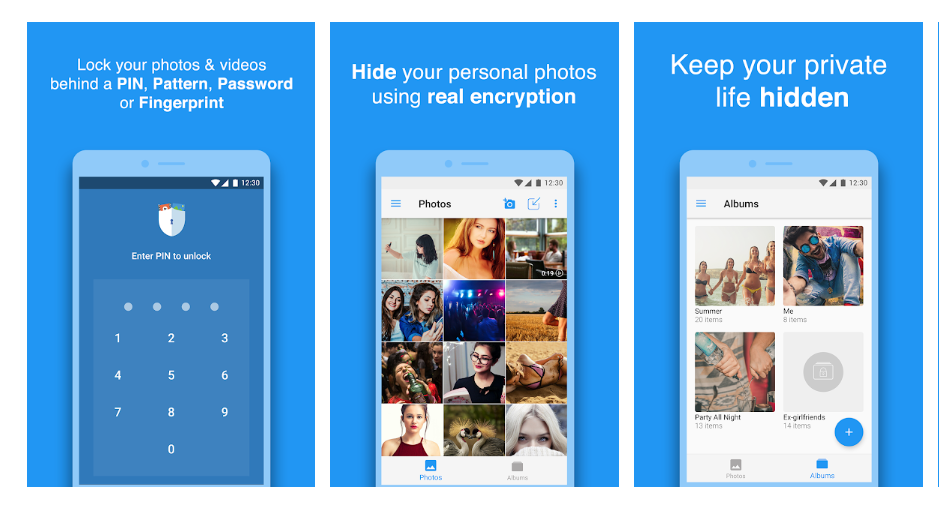
PhotoGuard is a vault to secure your private photos and videos
PhotoGuard is an app that provides users a secure, encrypted vault for hiding away and securing certain sensitive photos and videos.

Our smartphones aren't just simple pieces of disposable technology—they also carry, and help create, a lot of memories you may want to cherish for months and years to come. Apps like Google Photos help you manage those memories easier by backing them up to the cloud, ensuring they survive and allowing users to see them on multiple devices. But some of those memories may be more private than others, and you may not want everyone snooping into your gallery to stumble upon them. So what do you do? You download an app like PhotoGuard. PhotoGuard is a vault that helps you hide away your private photos, whether they have sensitive information or you simply want to keep them for yourself.
